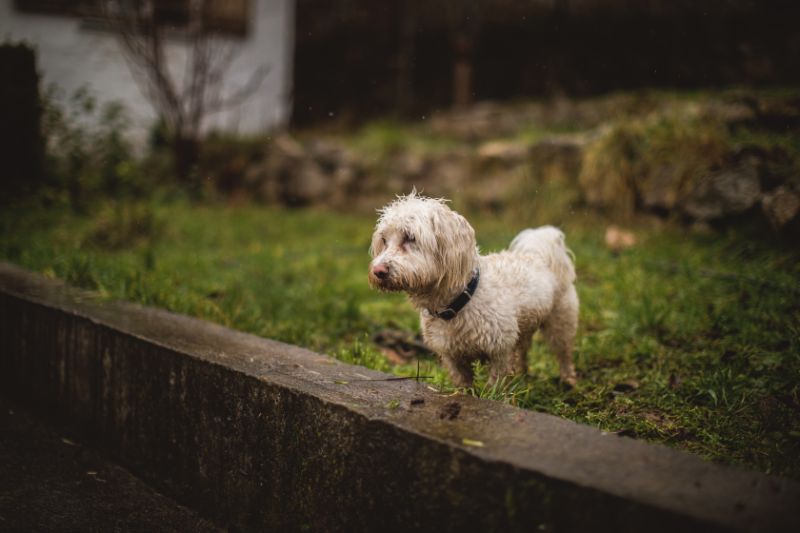Microchipping Your Pet Could Be the Best Decision You’ll Ever Make

Pet owners have an abundance of leashes and collars to choose from. They can be versatile, stylish, or robust, but the one thing a sturdy leash-collar combination cannot do is help locate a lost or missing pet.
Microchipping your pet is a quick, safe option that can guard against accidental separation if their collar falls off or is removed. They are part of an amazing technology, but how exactly do microchips work?
The Fine Print
Pets don’t necessarily plan on becoming lost or separated from their owners, but it happens with regular frequency.
Cases of missing pets spike around certain holidays, like Independence Day (think fireworks) or Halloween (think scary costumes), but they can also result from thunderstorms, parties, or the simple act of wandering a little too far.
In Tandem
Microchipping your pet is part of an excellent defense against permanent, accidental separation. They can be depended on if/when a pet’s collar and ID tags is removed or falls off, but a chip shouldn’t act alone. Instead, microchipping your pet is a preventative measure that works well alongside their collar and tags.
Why Microchipping id Important
A collar can easily get caught on a branch or gate. If they’re able to wrestle free from this predicament, a pet can end up wandering around with no identifiers. Also, if a pet is picked up by another person who decides they want them, it’s easy to simply take off the single accessory that binds them to their owner.
Pet Microchips Are Not a Homing Device
While it would be amazing if microchips sent out a signal that helps locate them, they don’t quite work like that. Microchips are small transponders that are capable of picking up the radio signal of a specific scanning device, and can transmit information back.
When a microchip scanner is focused over the area between the shoulder blades (the most common site) of a microchipped pet, a number will show up on the scanner’s screen.
How it Works
Microchipping your pet may seem cruel or harmful, but the process is quick, easy and safe. In fact, pets feel minor temporary sensations similar to a routine vaccination.
Implanted with a needle into the subcutaneous tissue between the shoulder blades, microchips are about the size of a single grain of rice. The process doesn’t require anesthesia, but many owners opt to have one implanted while their pet is getting spayed or neutered. The chip is safe, secure, and resistant to deterioration or malfunction for up to 25 years.
Microchipping Your Pet
Each chip comes with it’s own unique number that, when scanned, is displayed along with a specific registry phone number. Unfortunately, pet owners often miss the crucial step of registering their pet’s microchip with the national database. As a result, if a pet is ever picked up and scanned, it’s unlikely the owner’s contact number will be revealed.
Safety First
Pets at animal shelters or rescues are typically microchipped, spayed/neutered, vaccinated, and on parasite prevention medication before they are even considered adoptable. All new owners have to do is register their new pet’s microchip with the national database or manufacturer for the process to be complete.
If you have additional questions about the importance of microchipping your pet, our veterinarians and staff members are always available.

